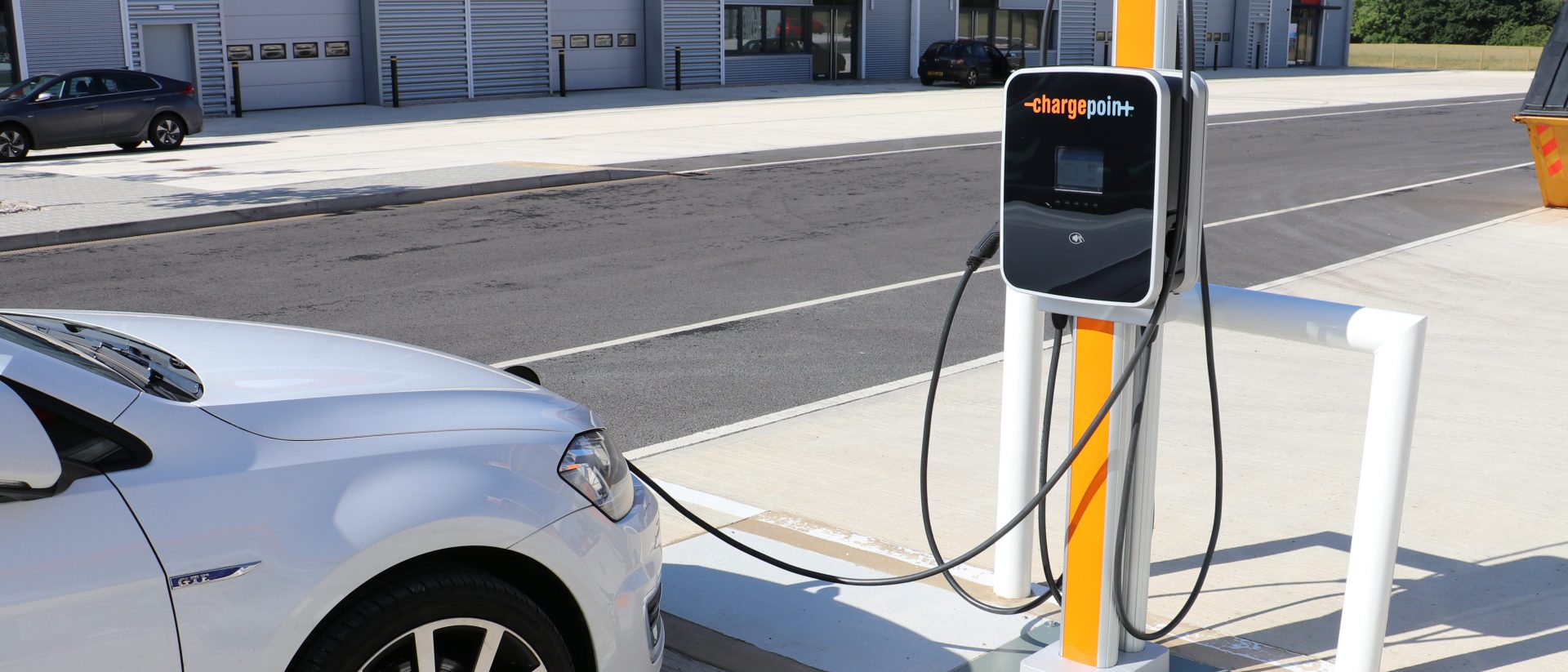As the world transitions to cleaner and more sustainable transportation options, electric vehicles (EVs) have become increasingly popular. With the ban on the sale of new internal combustion engine (ICE) cars set for 2030, the key question is whether the UK is ready to cater to future charging demands as the number of EVs hitting the roads grows each year. For the EV movement to truly thrive, it is crucial that public charging infrastructure is not only readily available but also accessible and safe for everyone. In this blog post, we delve into why ensuring accessible and safe public charging infrastructure is necessary.
Inclusivity and Diverse Mobility Needs
Accessibility is about ensuring that everyone, regardless of age, ability and background, can access and use public charging facilities conveniently. For people with disabilities, parents with young children or the elderly, accessible charging options are vital. Installing charging stations with appropriate features like lower-height connectors, tactile elements and wider spaces can make charging a seamless experience for all. To tackle this, the British Standards Institution has created PAS 1899. This standard for chargepoint designers and installers sets out the specifications to provide accessible public chargepoints which covers physical aspects of the environment surrounding fixed chargepoints. PAS 1899 goes someway in tackling the problem, however, this acts only as guidance and so the question remains: Is this enough to guarantee full accessibility at every public charging site? This is why we are calling for accessible chargepoints to be mandatory at public chargepoint sites that can facilitate them.
Enhancing EV adoption
Making public charging accessible and safe can significantly boost EV adoption rates in the UK. By addressing the concerns and needs of a wider audience, potential EV owners will feel more confident about transitioning to electric vehicles. There have been concerns especially about the safety for female EV drivers at charging stations as well as the lack of charging infrastructure in rural areas. Having a public charging infrastructure that is accessible and safe for everyone will address these issues.
Boosting the Economy
An inclusive charging infrastructure can have positive economic implications. As more EVs hit the roads, the demand for charging services will increase. Providing solutions that cater to the needs of diverse users will allow charging operators to tap into a larger market, drive higher revenues and potentially spur further investments in the charging network expansion. Furthermore, it will result in an increase in opportunities for employment in the sector, creating jobs in areas such as manufacturing, installation and maintenance of EV chargers.
Positive Reputation and Corporate Responsibility
Accessible-friendly public charging infrastructure portrays a positive image of the charging operators, local authorities and the UK as a whole. Companies and organisations that prioritise inclusivity and accessibility demonstrate a commitment to corporate responsibility and social inclusion, which can help build the reputation of their brand and increase trust among their customers.
Fostering Innovation
Charging solutions that are accessible to all can be a catalyst for innovation in the EV industry. Manufacturers and chargepoint operators will be encouraged to design and develop products that cater to diverse mobility needs, leading to a more robust and technologically advanced EV ecosystem.
The UK Government has set ambitious targets for phasing out petrol and diesel vehicles. To achieve these goals, it is vital for policymakers to support and invest in an accessible charging infrastructure. Collaborative efforts between charging operators, local authorities and the Government are essential to ensure that every individual has equal access to this technology and to ensure a smooth chargepoint rollout up to 2030 and beyond.
RECHARGE UK is the EV arm of the REA whose aim is to improve the EV sector by coming up with new ideas to solve infrastructure deployment issues and enhance the consumer experience. We have recently published a report that sets out key recommendations to accelerate chargepoint deployment to keep up with the growth of EV sales which you can read more about here.

